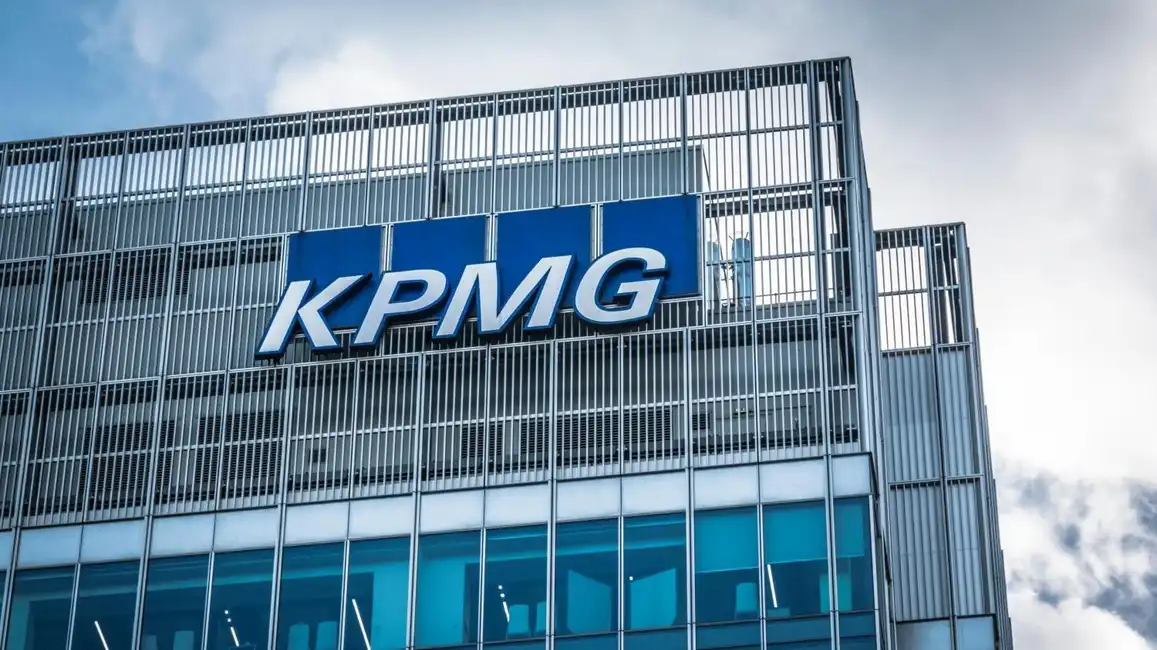The UK annual inflation rate decreased to 2.6% in March 2025 which represented its lowest value over the past three months.
The Consumer Price Index fell to 2.6% in March from 2.8% in February, slightly missing the Bank of England’s 2.7% projection. This drop brought temporary relief for consumers and investors alike.
Falling fuel prices were a major factor in easing inflation, supported by stable food costs and reduced pressures in discretionary spending.
Notably, the recreation and culture sectors saw falling prices in games and entertainment goods, contributing to a broader drop in inflation.
Anticipated Inflationary Pressures in April
April is set to reverse March’s gains. Regulated utility prices are expected to rise, while council tax and other household bills will increase financial strain on UK families.
Experts forecast inflation could return to 4% by summer if these trends continue, signalling a turbulent outlook for consumers.
Monetary Policy in Focus
The Bank of England’s response to falling inflation has been cautious. Interest rates remain unchanged, but speculation is growing about possible rate cuts as early as May.
While cuts may help businesses and households in the short term, they could fuel longer-term inflation, complicating monetary policy goals.
Global Economic Context
Trade tensions, tariff disputes, and volatile energy markets continue to impact the UK’s inflation landscape. Geopolitical instability adds more uncertainty to the economic outlook.
Investors and policymakers must track international developments to adjust financial planning accordingly.
Implications for UK Investors
Lower inflation benefits rate-sensitive sectors such as tech and real estate due to lower borrowing costs. Consumer spending could also rebound temporarily.
However, with inflation expected to rise in April, investors should turn to defensive plays like utilities and consumer staples to hedge risk.
Fixed-income instruments such as inflation-linked bonds can provide a buffer against rising costs.
As potential interest rate cuts loom, growth-oriented sectors may become more attractive, but strategic allocation and diversification remain key.
Conclusion
March’s inflation dip to 2.6% brings short-term relief, but upcoming hikes in utilities and council tax signal that inflation is far from over.
Rate cuts from the Bank of England could shift market dynamics, but global volatility will continue to cloud the forecast.
UK investors must stay flexible and informed, balancing present opportunities with long-term risks to ride out the next wave of economic change.
















